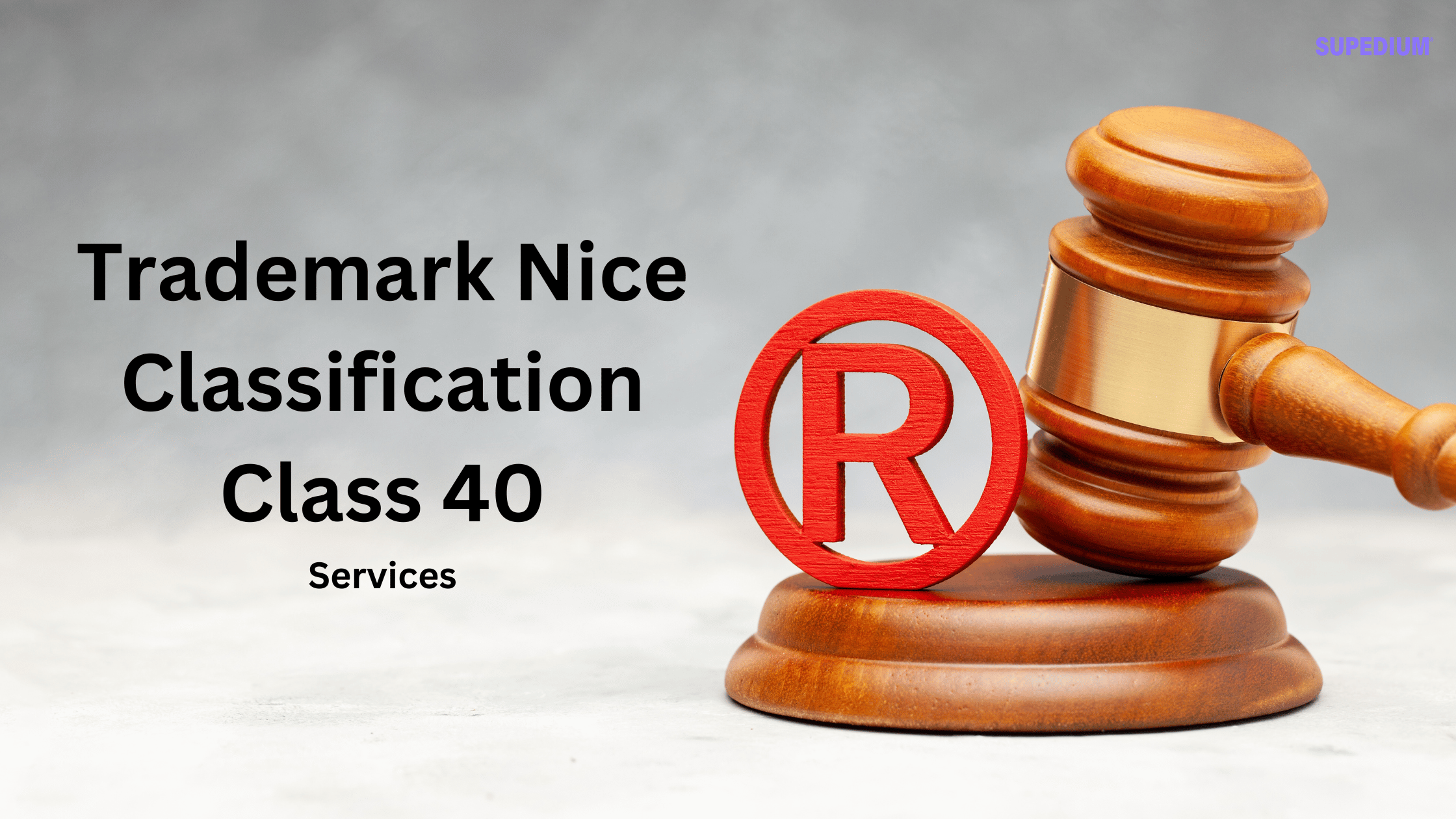Table of Contents
![]()
I. Introduction
Web3 represents the next evolution of the internet, moving beyond the static pages of Web1 and the interactive social platforms of Web2 to a decentralized ecosystem built on blockchain technology. This shift offers unprecedented opportunities for user ownership and control, particularly regarding data privacy. As concerns over data breaches and misuse intensify, understanding the implications of Web3 for data privacy becomes increasingly crucial.
II. The Landscape of Data Privacy
A. Current Data Privacy Issues
In the Web2 era, user data is typically stored in centralized databases controlled by large corporations. This centralization has led to numerous data breaches, where sensitive information is exposed to malicious actors. Notable incidents, such as the Facebook Cambridge Analytica scandal and the Equifax data breach, have eroded public trust in how companies handle personal information.
B. Regulatory Framework
In response to these challenges, various regulatory frameworks have emerged. The General Data Protection Regulation (GDPR) in Europe is one of the most comprehensive data privacy laws, mandating strict guidelines for data collection and usage. Similarly, the California Consumer Privacy Act (CCPA) aims to enhance privacy rights for residents of California. However, enforcing these regulations across a rapidly evolving digital landscape remains a significant challenge.
III. How Web3 Addresses Data Privacy
A. Decentralization
Web3’s foundation in decentralization offers a solution to the issues of centralized data control. By utilizing peer-to-peer networks, Web3 eliminates single points of failure, reducing the risks associated with data breaches. Users gain greater control over their personal data, deciding when and how it is shared.
B. Blockchain Technology
Blockchain technology serves as the backbone of Web3, providing immutable records and transparency. Each transaction is recorded in a distributed ledger, making it nearly impossible to alter or delete data without consensus. Smart contracts—self-executing agreements coded onto the blockchain—can automate privacy protocols, ensuring that user data is handled according to predefined rules.
C. Cryptographic Techniques
Advanced cryptographic techniques, such as zero-knowledge proofs, enable users to prove ownership of data without revealing the data itself. This allows for secure identity verification while preserving user privacy. Encryption techniques further protect sensitive information from unauthorized access.
IV. Key Concepts in Web3 and Data Privacy
A. Self-Sovereign Identity (SSI)
Self-sovereign identity is a groundbreaking concept within Web3, allowing individuals to own and manage their identities without relying on centralized authorities. This empowers users to share only the necessary information while maintaining control over their personal data.
B. Decentralized Autonomous Organizations (DAOs)
DAOs represent a new form of organization governed by community consensus rather than centralized leadership. In the context of data privacy, DAOs can establish collective policies for data usage, enhancing transparency and trust among users.
C. Interoperability and Data Portability
Web3 promotes interoperability, enabling seamless data transfer across different platforms. This enhances user empowerment, allowing individuals to manage their data effectively and switch between services without losing their information.
V. Use Cases and Applications
A. Decentralized Finance (DeFi)
Decentralized finance (DeFi) platforms prioritize user privacy by allowing individuals to engage in financial transactions without exposing personal information. For example, platforms like Uniswap enable users to trade cryptocurrencies directly, minimizing the need for intermediaries.
B. Non-Fungible Tokens (NFTs)
NFTs provide a novel way to establish ownership and rights over digital assets. By utilizing blockchain technology, NFTs can help protect creators’ rights while ensuring that personal data remains confidential.
C. Decentralized Social Media
Decentralized social media platforms, such as Mastodon and Lens Protocol, offer alternatives to traditional networks by prioritizing user privacy. These platforms allow users to share content without relinquishing control over their personal information.
VI. Challenges and Limitations
A. Technical Barriers
Despite the promising solutions Web3 offers, technical barriers persist. The complexity of blockchain technology can be daunting for average users, hindering widespread adoption. Additionally, scalability issues may impact the effectiveness of privacy solutions.
B. User Awareness and Adoption
A significant digital divide exists, with many users lacking the technical literacy to navigate Web3. Resistance to change from established Web2 practices also poses a challenge, as users may be hesitant to shift to decentralized platforms.
C. Regulatory and Legal Implications
As Web3 continues to evolve, so too do the regulatory landscapes governing data privacy. A lack of clear guidelines for decentralized applications complicates compliance efforts, raising concerns about how innovative solutions can coexist with consumer protection laws.
VII. Future Trends
A. Evolution of Privacy Regulations
As Web3 technologies mature, regulatory frameworks are likely to adapt. Stakeholders must anticipate potential regulatory responses and work toward establishing global privacy standards that accommodate decentralized systems.
B. Integration of AI and Machine Learning
The integration of AI and machine learning into Web3 could enhance privacy through advanced algorithms capable of analyzing and protecting data. However, ethical considerations around data handling and user consent will need careful attention.
C. Growing Importance of User Education
User education will be vital in ensuring the successful adoption of Web3. Providing resources and tools that empower individuals to manage their privacy will foster a culture of informed decision-making.
VIII. Conclusion
Web3 holds the potential to redefine data privacy standards in the digital age. By emphasizing decentralization, user control, and innovative technologies, Web3 can address many of the shortcomings associated with traditional data management. However, as this new paradigm unfolds, stakeholders must navigate challenges related to technology, user awareness, and regulation to create a safer, more private online environment.
Share This





Be the first to comment